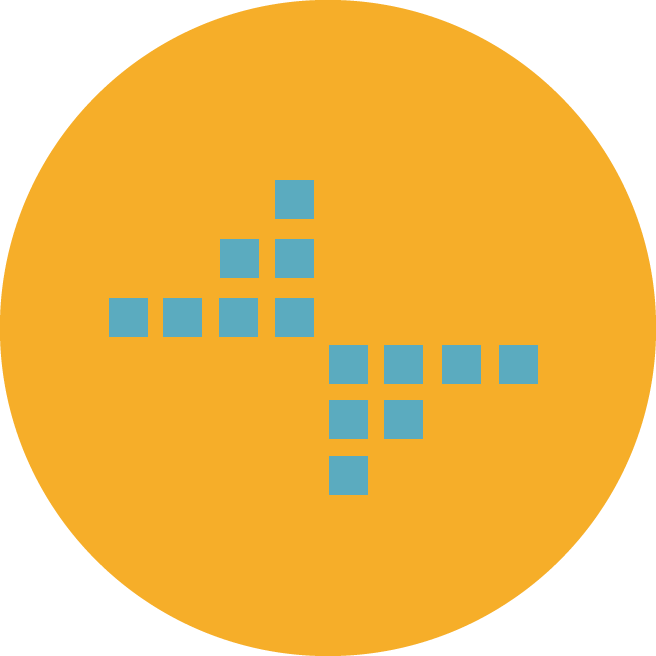
Infectious Disease Diagnostics Market (2024-2035): Trends, Growth Drivers, and Future Outlook
Global Infectious Disease Diagnostics Market is valued at USD 29632.56 Million in 2022 and is projected to reach a value of USD 49041.76 Million by 2030 at a CAGR of 6.50% over the forecast period. The infectious disease diagnostics market is a rapidly growing sector driven by the increasing prevalence of infectious diseases, technological advancements, and the need for rapid and accurate diagnostic solutions. The market encompasses various diagnostic methods, including molecular diagnostics, immunodiagnostics, and microbiology-based testing. These tests are crucial for detecting and managing diseases such as COVID-19, influenza, tuberculosis, HIV, and hepatitis. The primary users of infectious disease diagnostics include hospitals, diagnostic laboratories, research institutes, and point-of-care testing facilities.
Our comprehensive Infectious Disease Diagnostics Market report ready with the latest trends, growth opportunities, and strategic analysis- View Sample Report PDF
 Key product types in this market include:
Key product types in this market include:
- PCR-based tests (Polymerase Chain Reaction)
- Rapid antigen tests
- Serological tests
- Next-generation sequencing (NGS) technologies
- Microbiological cultures
- Biosensors and wearable diagnostics
Key Market Trends
Technological Advancements
The market is witnessing significant technological innovations, such as the integration of artificial intelligence (AI) and machine learning (ML) in diagnostic tools. AI-driven diagnostics help enhance accuracy, reduce false positives/negatives, and improve decision-making.
Rise of Point-of-Care Testing
There is a growing preference for point-of-care (POC) diagnostics due to their quick turnaround time and ease of use. POC tests are essential in remote and underserved areas, ensuring timely disease detection.
Increased Adoption of Molecular Diagnostics
Molecular diagnostics, particularly real-time PCR and CRISPR-based testing, are gaining traction due to their high sensitivity and specificity.
Consumer Behavior Shifts
Post-pandemic, consumers are increasingly opting for at-home diagnostic kits, driving the demand for self-testing solutions.
Competitive Landscape
Several leading companies dominate the infectious disease diagnostics market. Some key players include:
- Abbott Laboratories (US)
- F. Hoffmann-La Roche Ltd(Switzerland)
- bioMérieux SA (France)
- Thermo Fisher Scientific Inc. (US)
- Danaher Corporation (US)
- Quidel Corporation(US)
- Hologic Inc. (US)
- Siemens Healthineers AG (Germany)
- Becton
- Dickinson and Company (US)
- PerkinElmer Inc. (US)
- QIAGEN (Netherlands)
- Grifols S.A. (Spain)
- DiaSorin S.p.A (Italy)
- Bio-Rad Laboratories Inc. (US)
- Sysmex Corporation (Japan)
- Ortho Clinical Diagnostics (US)
- Luminex Corporation (US)
- Meridian Bioscience (US)
- Genetic Signatures (Australia)
- OraSure Technologies (US)
- Trinity Biotech Plc. (Ireland)
- Chembio Diagnostic Systems Inc. (US)
- Seegene Inc. (South Korea)
- Co-Diagnostics Inc. (US)
- ELITechGroup (France)
- Epitope Diagnostics Inc. (US)
- Trivitron Healthcare (India)
- Meril Life Sciences Pvt. Ltd. (India)
- InBios International Inc. (US)
- and ABACUS Diagnostica Oy (Finland).
These companies are actively involved in mergers, acquisitions, and strategic collaborations to expand their market presence.
Product or Service Analysis
The major categories of infectious disease diagnostics include:
Molecular Diagnostics
- PCR, NGS, and CRISPR-based diagnostics
- Highly sensitive and specific
- Used for detecting COVID-19, HIV, and hepatitis
Immunodiagnostics
- Enzyme-linked immunosorbent assay (ELISA)
- Lateral flow assays (LFAs)
- Widely used for rapid antigen testing
Microbiological Testing
- Culture-based methods for bacterial and fungal infections
- Antibiotic susceptibility testing
Market Segmentation
The market is segmented based on application, end-user, and region:
By Product
- Reagents, Kits, and Consumables
- Instruments
- Software & Services
By Type of Testing
- Laboratory Testing
- POC Testing
By Technology
- Immunodiagnostics
- Clinical Microbiology
- PCR
- INAAT
- DNA Sequencing & NGS
- DNA Microarrays
- Other technologies
By Disease Type
- COVID-19
- HIV
- HAIs
- Hepatitis
- CT/NG
- HPV
- TB
- Influenza
- Other Infectious Diseases
By End User
- Diagnostic Laboratories
- Hospitals & Clinics
- Academic Research Institutes
- Other End Users
Take Action Now: Secure your Infectious Disease Diagnostics industry today – Purchase Now
Pricing Trends
- Molecular diagnostic tests tend to be the most expensive, ranging from $50 to $200 per test.
- Rapid antigen tests are more affordable, priced at $10 to $40 per test.
- The cost of diagnostics is expected to decrease as technology advances and competition increases.
Innovations and Developments
AI-Powered Diagnostics
AI algorithms are being integrated with imaging and diagnostic platforms to enhance accuracy.
CRISPR-Based Testing
CRISPR technology is being developed for highly accurate and cost-effective molecular diagnostics.
Wearable Biosensors
Smart wearable devices capable of detecting infectious disease biomarkers in real-time.
Sustainability and Environmental Impact
- Eco-friendly test kits: Companies are working on biodegradable materials for diagnostic kits.
- Reducing plastic waste: Sustainable manufacturing processes are being adopted to minimize environmental impact.
- Energy-efficient lab equipment: Diagnostic labs are investing in low-energy-consuming machines.
Case Studies and Data
Case Study 1: COVID-19 Testing Expansion
- Country: United States
- Impact: Accelerated the adoption of rapid antigen and PCR tests.
- Outcome: Strengthened regulatory pathways for emergency diagnostics.
Case Study 2: AI in Tuberculosis Detection
- Country: India
- Impact: AI-based chest X-ray analysis improved early TB detection rates by 30%.
- Outcome: Led to government-backed initiatives for AI-driven diagnostics.
For Infectious Disease Diagnostics Report and updates detailed: View Full Report Now!
Conclusion and Future Outlook
The infectious disease diagnostics market is poised for significant growth between 2024 and 2035. Key drivers include technological advancements, the rise of at-home testing, increased funding for infectious disease research, and growing awareness of early disease detection.
Related Market Insights:

Editor Details
-
Company:
- Market Reports
-
Name:
- pirya p
- Email:
-
Telephone:
- +12129511369
- Website:
